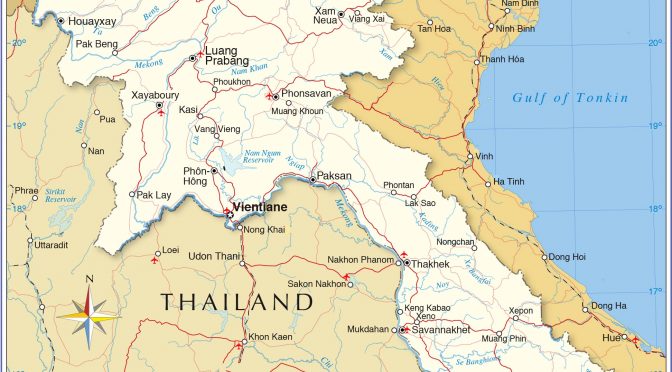The role of renewable energy in shaping Laos’ energy future is becoming increasingly significant as the country seeks to diversify its energy sources and reduce its dependence on fossil fuels. As a landlocked nation with abundant natural resources, Laos has the potential to become a regional leader in renewable energy production. The government has recognized this potential and has set ambitious targets for renewable energy development, aiming to generate 30% of its total energy consumption from renewable sources by 2025.One of the key drivers behind this push for renewable energy is the need to address the growing demand for electricity in Laos. With a rapidly expanding economy and a population that is expected to reach 8 million by 2030, the country’s energy needs are set to increase significantly in the coming years. At present, Laos relies heavily on hydropower, which accounts for approximately 60% of its total electricity generation. However, hydropower has its limitations, particularly in terms of environmental impact and the potential for disruption due to climate change.In response to these challenges, the government has been exploring alternative sources of renewable energy, such as solar, wind, and biomass. Solar power, in particular, has emerged as a promising option for Laos, given the country’s high levels of solar irradiation and the falling costs of solar technology. According to a study by the Asian Development Bank, Laos has the potential to generate up to 1,800 megawatts (MW) of solar power, which could significantly contribute to the country’s energy mix.In recent years, there have been several notable developments in the solar sector in Laos. In 2018, the country’s first large-scale solar power plant, a 10 MW facility in Vientiane Province, began operations. This was followed by the construction of a 50 MW solar power plant in Saravan Province, which commenced operations in 2020. These projects, along with several smaller-scale initiatives, have demonstrated the viability of solar power in Laos and have paved the way for further investment in the sector.Wind power also holds potential for Laos, particularly in the mountainous regions of the country where wind speeds are high. A study by the United Nations Development Programme estimated that Laos has the potential to generate up to 2,000 MW of wind power. However, the development of wind energy in Laos has been relatively slow, with only a few small-scale projects in operation. This is partly due to the lack of a comprehensive regulatory framework for wind power and the need for further investment in infrastructure and technology.Biomass is another renewable energy source that could play a significant role in Laos’ energy future. With its vast agricultural sector, the country has abundant biomass resources, such as rice husks, wood waste, and animal manure, which can be converted into energy. The government has been promoting the use of biomass for electricity generation, particularly in rural areas where access to the national grid is limited. In 2019, the Ministry of Energy and Mines announced plans to develop 500 MW of biomass power plants by 2025.In conclusion, the potential of renewable energy sources in transforming Laos’ energy landscape is immense. By harnessing the power of solar, wind, and biomass, the country can not only meet its growing energy needs but also reduce its reliance on fossil fuels and contribute to global efforts to combat climate change. The government’s commitment to promoting renewable energy development, along with the increasing interest from investors and the international community, suggests that Laos is well on its way to becoming a regional leader in renewable energy production.


